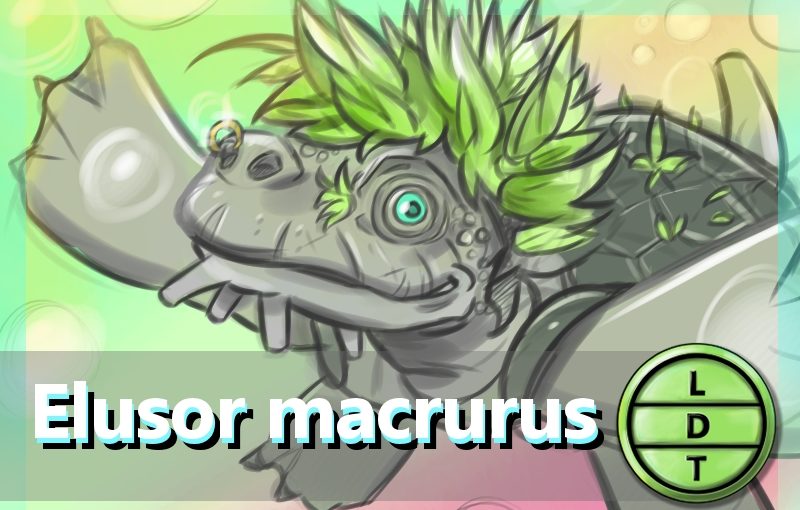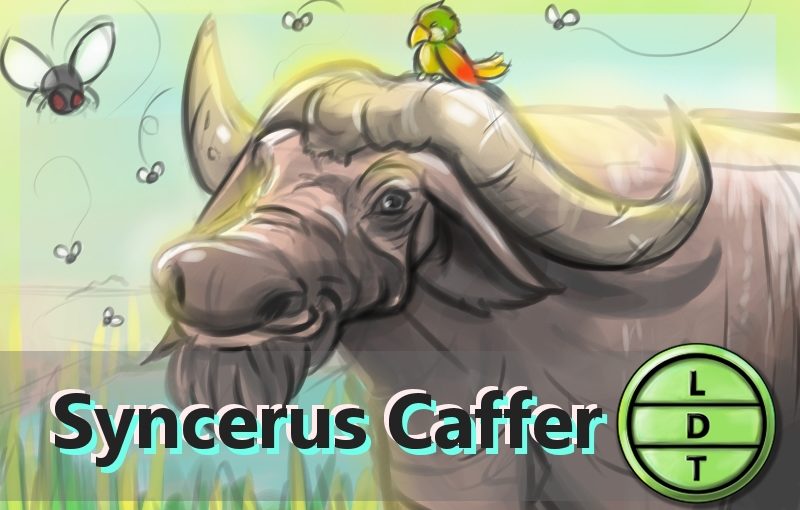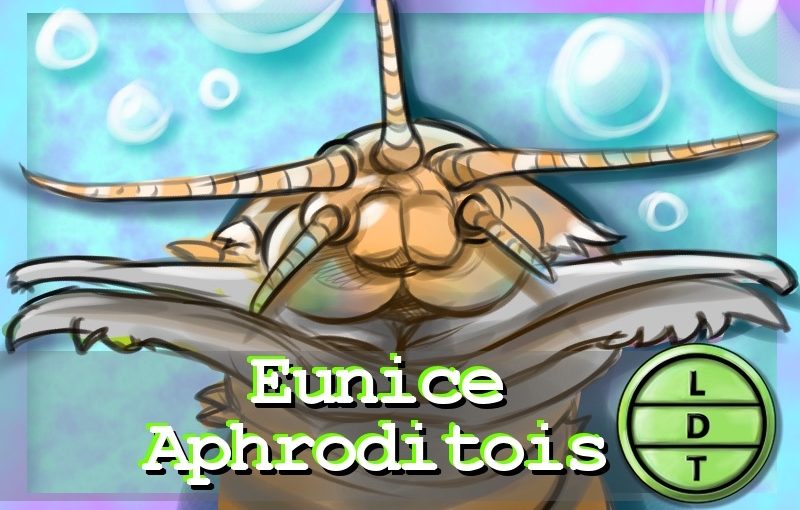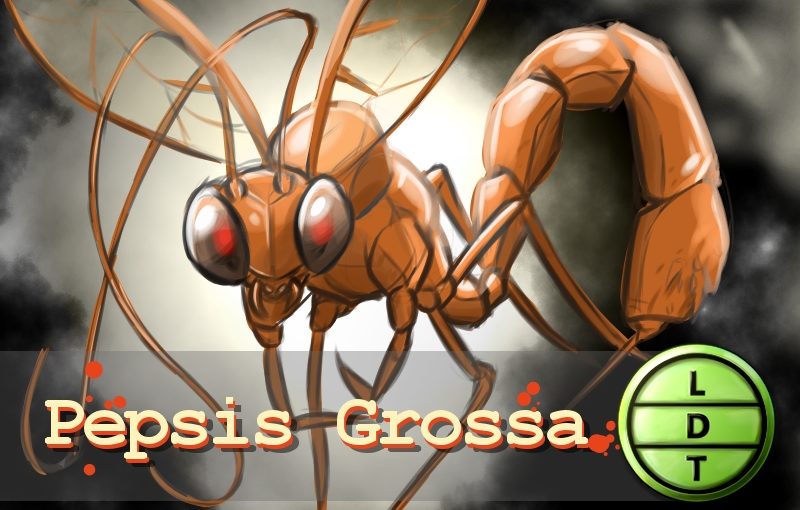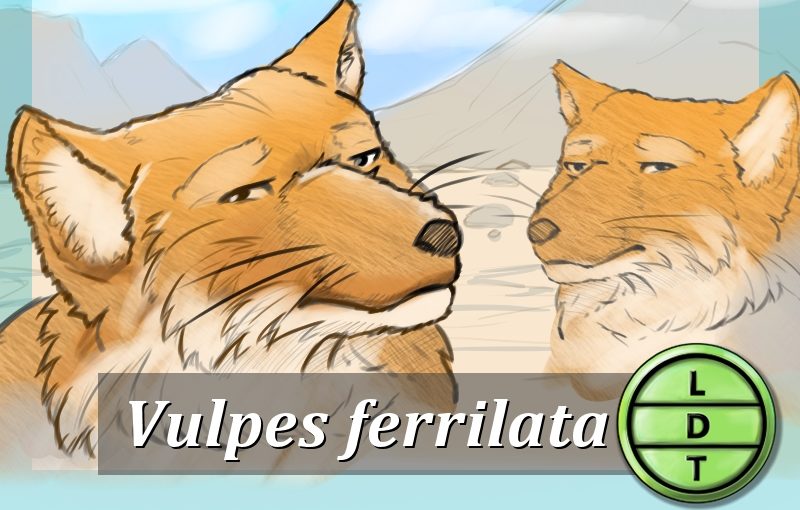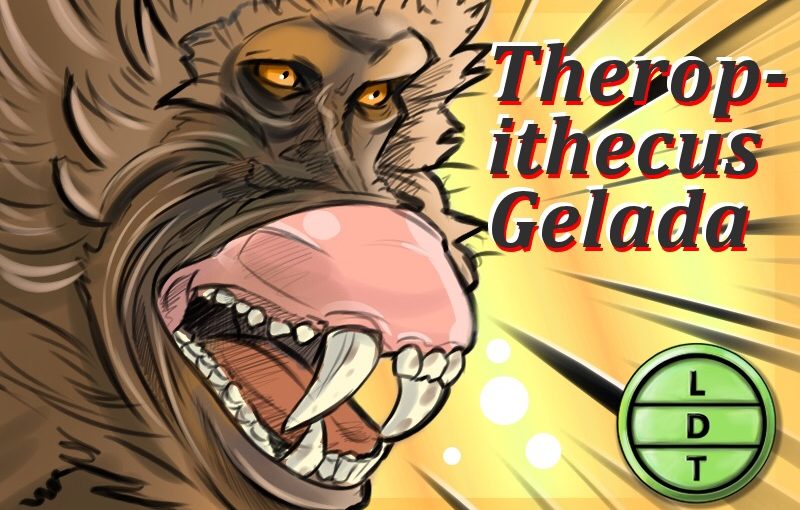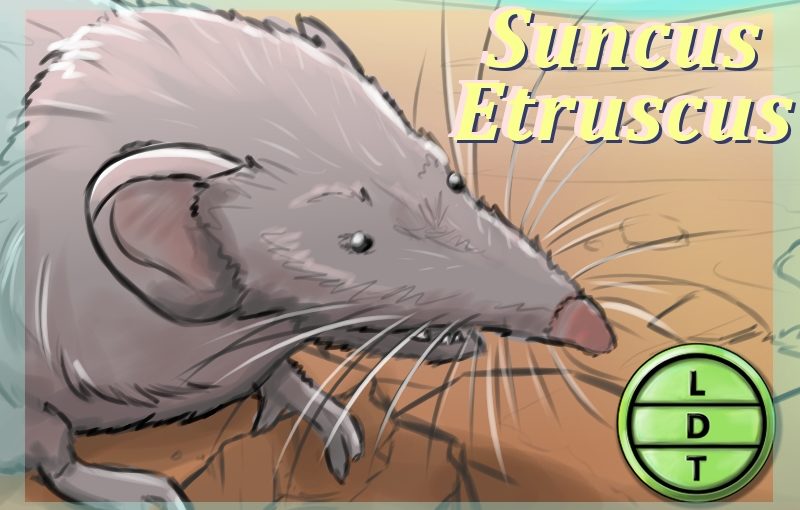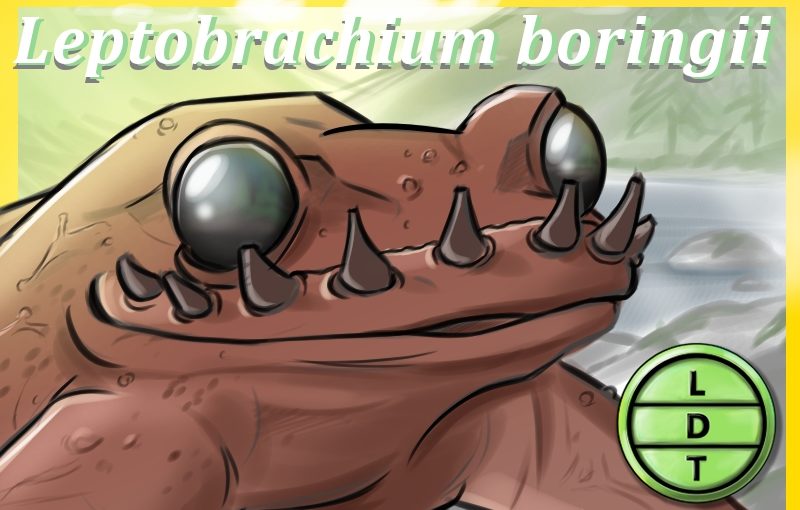“And today we are telling a Thai tale of a towering tail. But more on that later.”
Grass is important to dads with perfectly manicured lawns, but it goes unnoticed by the rest of us. But what if you were a lot smaller, and you made you home in thick tall grass. You might find it more difficult to get around than a walk in the park. One lizard has come up with an interesting way to get over the green grassy seas to food, shelter, and all the things a small lizard could want. But swimming the sawgrass straights is just one method of locomotion in Life, Death, and Taxonomy.
Measure Up
Welcome to Measure Up, leading candidate for best part of the show, a title to be officially determined by you on December 3rd on Twitter and Facebook. This is the part of the show when we relate the animal’s size and dimension in relatable terms through a quiz that’s fun for the whole family. It’s also the part of the show that’s introduced by you when you send in audio of yourself saying, singing, or chittering the words measure up into ldtaxonomy at gmail dot com. We have no new intros this week, so that means I get to play an animal sound and Carlos will guess what it is!
Length – 12 cm (4.7 in)
- How many long-tailed Grass lizards go into the length of the Yom River in Thailand (787 km (489 mi)).
- Hint: The Yom river starts in the Phi Pan Nam Mountains and flows to the Nan River at Chum Saeng District.
- Answer: 6,592,136
Lifespan
- In captivity they can live up to 5 years.
- How many lizard life spans go into the length of time Thailand has been under its current constitution (two years).
- The constitution was voted in by 61.4 percent of the 59.4 Thai people that participated.
- 0.4 lizard lives.
Major Fact
- When they say long-tailed, they aren’t kidding.
- The tail is about three times the length of their body. Some can grow over 12 inches with the tail!
- Their tails are also prehensile, which means they are capable of grasping things
- Prehensile tails are extremely dextrous compared to other tails.
- Why does he have such a long tail? Good question.
- I could only find a few sources with varying information.
- One website, Wildherps.com said, “Nobody needs a tail that long, and don’t try to convince me that somebody does.”
- Another source claimed that the lizard uses this tail to balance on unstable grass and bushes. Apparently overgrown grass is difficult to get through so the lizard will run or swim quickly across it, using its tail for balance.
- That seems like overkill, especially with countless lizards live in similar environments with much shorter tails.
- So I’ve come up with some supplementary theories based on what we know about other lizards.
- Chameleons use very long prehensile tails to support their arboreal lifestyles.
- Other arboreal animals like monkeys, salamanders, and possums also have a prehensile tail.
- Prehensile tails are also quite long because it allows for more reach and dangle potential.
- The long-tailed grass lizard, like geckos and anoles can drop their tails when attacked by a predator.
- Dropped tails continue to wriggle and writhe, attracting predators to them instead of the lizard.
- A very long dropped tail could attract larger prey.
- The monkey tail lizard and some iguanas have long prehensile tails that are used for defense.
- The tail can be whipped at enemies, discouraging an attack.
- To catch prey.
- I found that long-tailed lizards were said to be quick and agile, able to leap quickly into the air to catch flying insects.
- Their tails might help them push off the ground with more control and speed than if they had short tails.
- The same reason lots of animals have seemingly unhelpful and extra oddities. To attract mates.
- Most lizards have dewlaps to attract mates.
- Dewlaps are the flap of skin under their chins that flare out.
- But maybe tail length is something the lady lizards consider.

